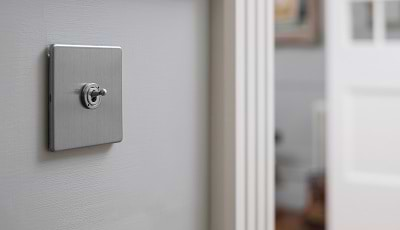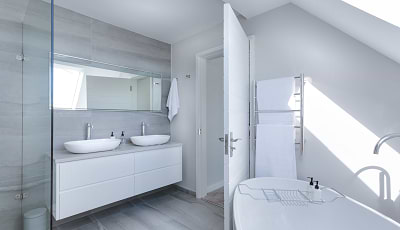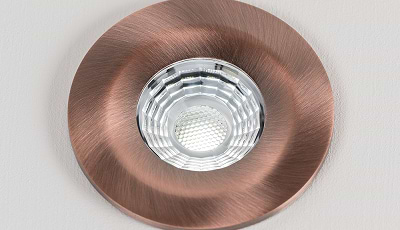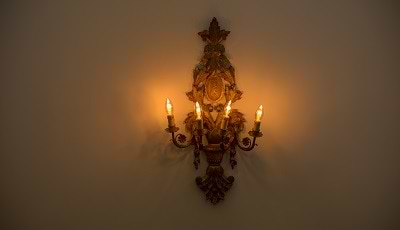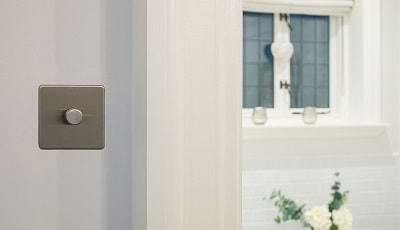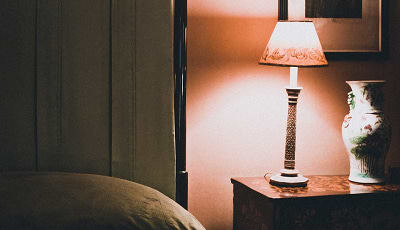Elesi Blog
Lighting Guides & Interior Design Tips
-
Rocker Switch vs Toggle Switch
When renovating your home or updating the switches and sockets, you may have to decide on the type of switches to go for. Not only... -
What Are IP Rated Downlights?
In this article we look at what are IP rated downlights, why they are important, and where they can be used. -
Why Choose Fire Rated LED Downlights?
Choosing the right downlights can be a bit of a daunting task, so before deciding, it’s best to know what fire rated downlights are, why to use them and where to use them. -
How to Dim LED Lights
Have you ever wondered how to dim LED lights? If you've tried to dim your LED bulb, but rather than a smooth, silent dim you... -
Brushed Chrome vs Polished Chrome
What is the difference between polished chrome and brushed chrome sockets and switches and why does it matter? Chrome plating, more commonly referred to as... -
5 Ergonomic Lighting Tips For The Office
Poor lighting can have a negative impact on productivity, yet lighting ergonomics are often overlooked. We look at five tips that will help you create an ergonomic lighting plan -
Trailing Edge Dimmer vs Leading Edge
If you’re looking to buy dimmer switches, you’ll no doubt have seen trailing edge and leading edge dimmers for sale on various websites. One of... -
How To Create Mood Lighting For The Bedroom
Many people like the idea of adding mood lighting to their bedrooms, as well as other rooms in the home, but aren’t certain as to... -
LED Light Bulb Buying Guide
LED light bulb technology has come a long way in recent years. However, with so many different options out there, choosing the right LED bulb...



